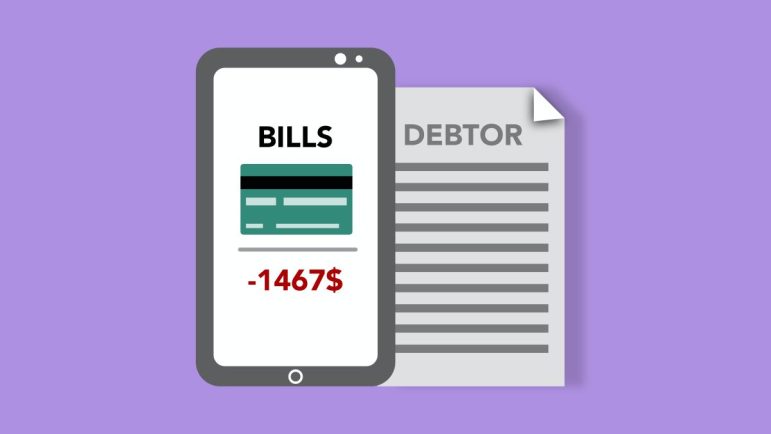Applying For a Debt Relief Order

If you’re under a lot of debt and can’t afford to keep up with the repayments, you might consider applying for a Debt Relief Order. This is an alternative to bankruptcy, but it has negative consequences, such as affecting your credit rating and your ability to work in the financial sector. However, there are a few things to keep in mind before you file for this type of order. First of all, you should make sure you’re using an accredited debt relief company. These companies are members of the Financial Conduct Authority and are able to file your application for you.
A DRO is only suitable for some types of debt. It is not possible to apply for a DRO if you have debts that are court fines, child maintenance, or student loans. Obtaining a Debt Relief Order requires you to pay PS90 to an approved intermediary. Once your application is approved, you’ll be given the opportunity to pay in six monthly installments. A DRO can take up to six months to complete.
When applying for a Debt Relief Order, it is crucial that you understand what it means. The purpose of the order is to protect you from creditors. While your debt relief order will not affect your ability to pay off your debts, it will restrict your financial situation in some way. In addition, it will remain on your credit file for six years and may have adverse effects on your credit in the future. Moreover, it prevents you from promoting or managing a limited company, or acting as a director of any company.
The DRO will protect you from any type of enforcement action taken against you by your creditors. However, some creditors can’t be included in a DRO, so they can seek leave to pursue you. You’ll have to cooperate with your official receiver to ensure your application is approved, as failure to do so can result in a criminal prosecution.
Debt Relief Orders are often referred to as “moratorium” orders. They are written orders that prohibit creditors from pursuing a debtor’s outstanding debts for up to twelve months. After that, the debtor’s debts will be written off. You’ll also have certain restrictions similar to bankruptcy, including not acting as a company director and not obtaining credit over PS500 without revealing your DRO status.
The Debt Relief Order is a great way to get out of debt quickly. Although debt relief orders aren’t available for all debts, they are a much cheaper alternative to bankruptcy. If you have low income and very few assets, a DRO may be the right option for you. Unlike bankruptcy, you won’t need to repay your debts after the agreed period. Your debts will be written off after that time, but they will remain on your credit record for six years. This can affect your credit rating and mortgage application.
The DRO will not include any assets you own outright, but you’ll have to declare them in your application. If you have a vehicle that’s worth less than PS2,000, you can exclude it from the list. However, this won’t apply to cars you bought on hire purchase or through a conditional sales agreement. You can’t exclude a car that you use for work.
Applying For a Debt Relief Order was first seen on Apply for an IVA
